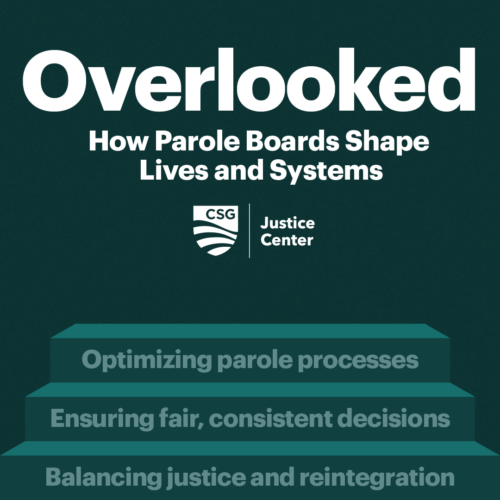Publications
Loading...
Total publications found: 579











Loading...
Total publications found: 579





